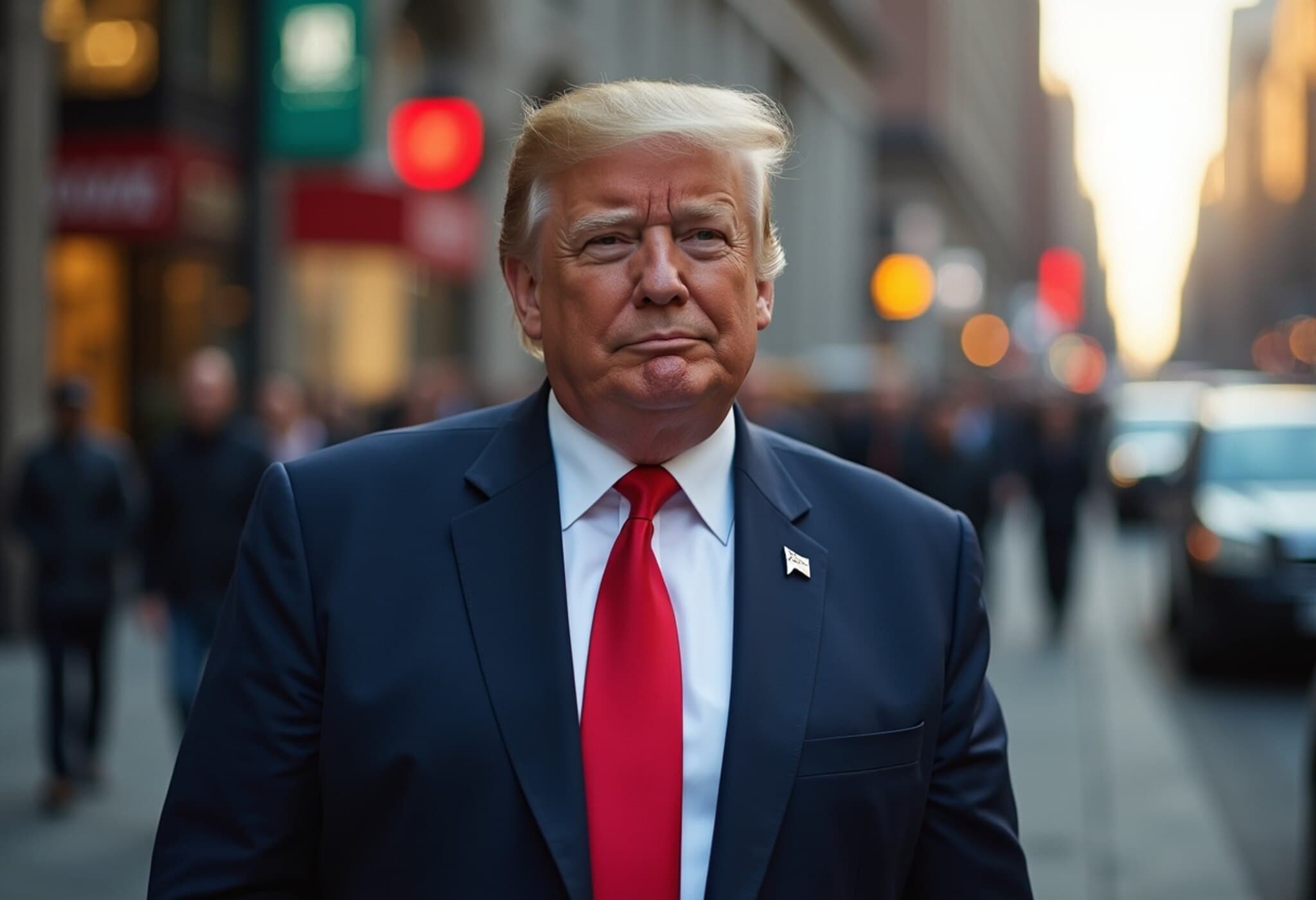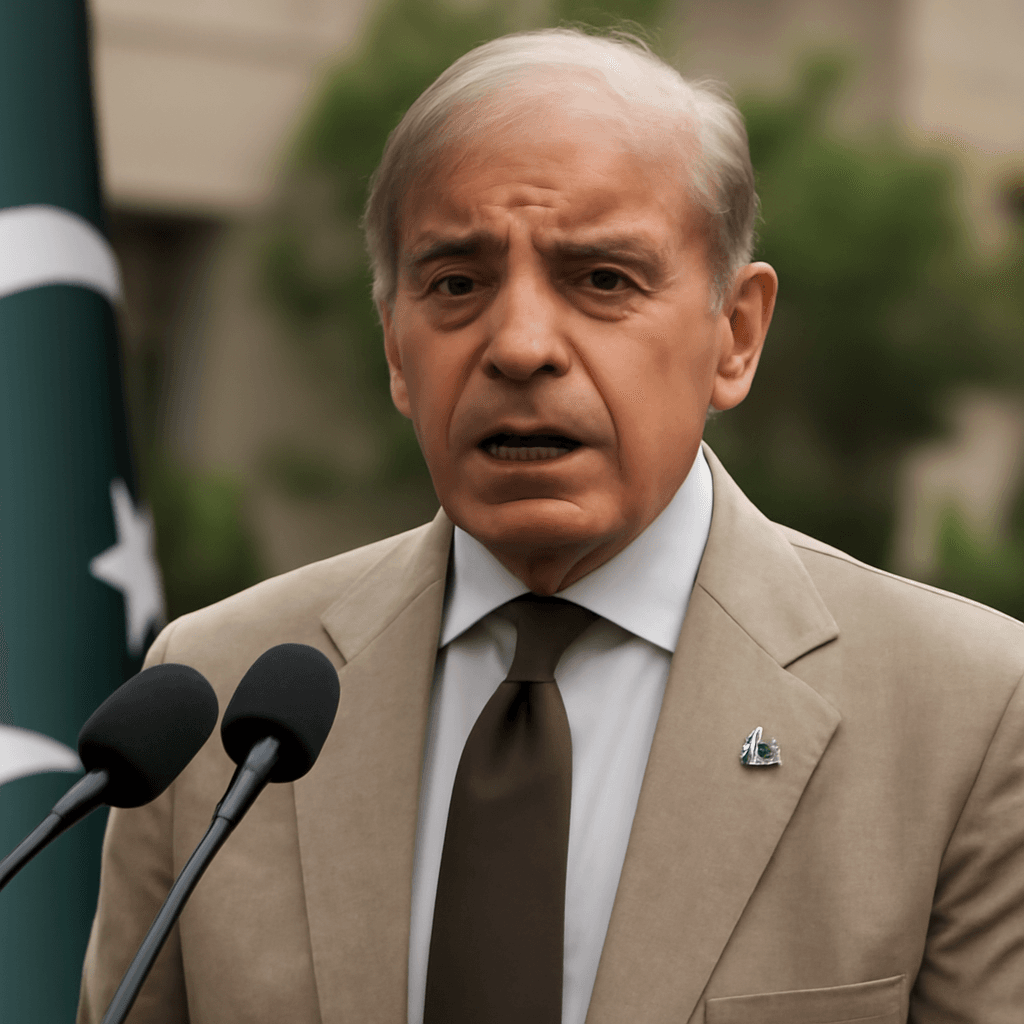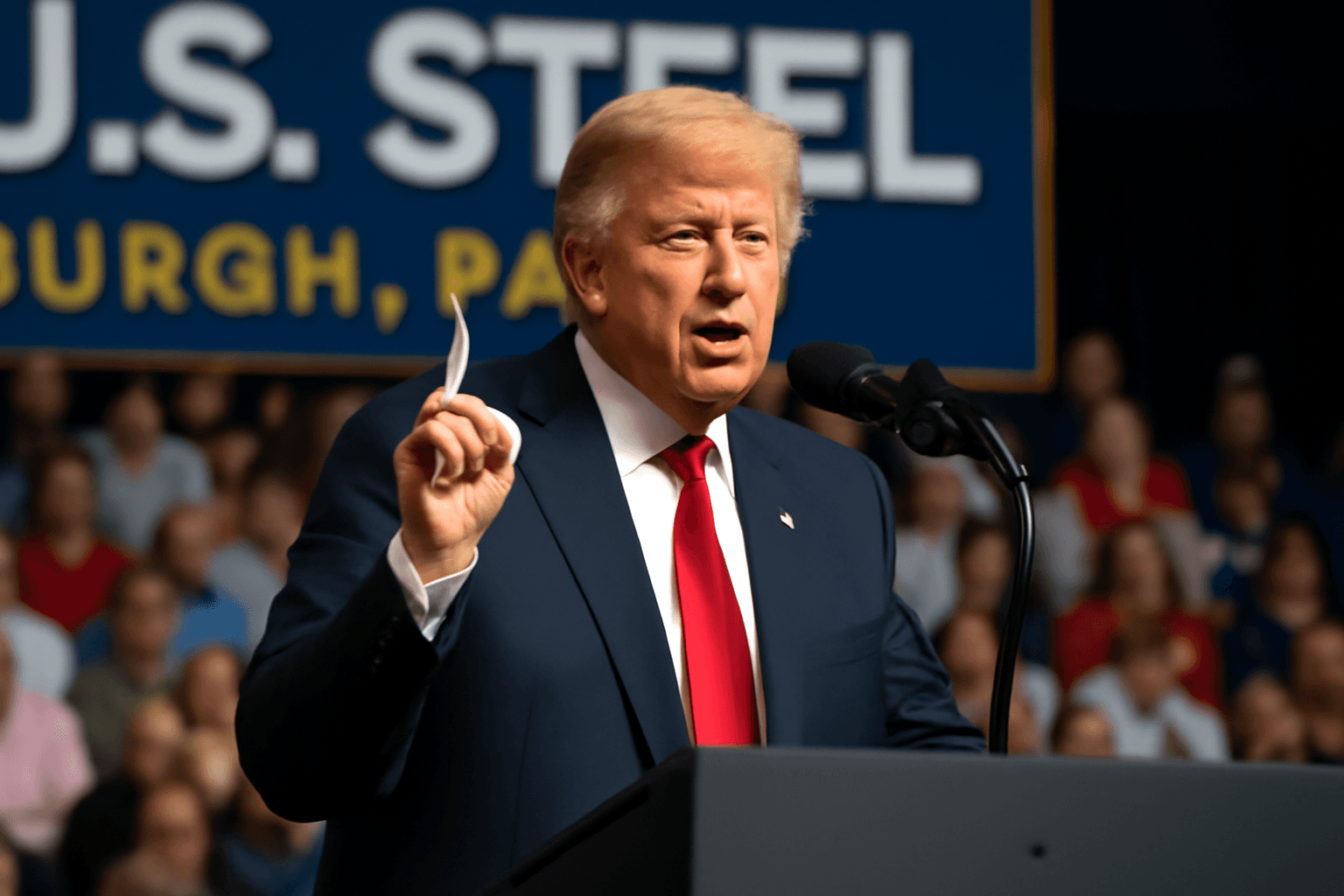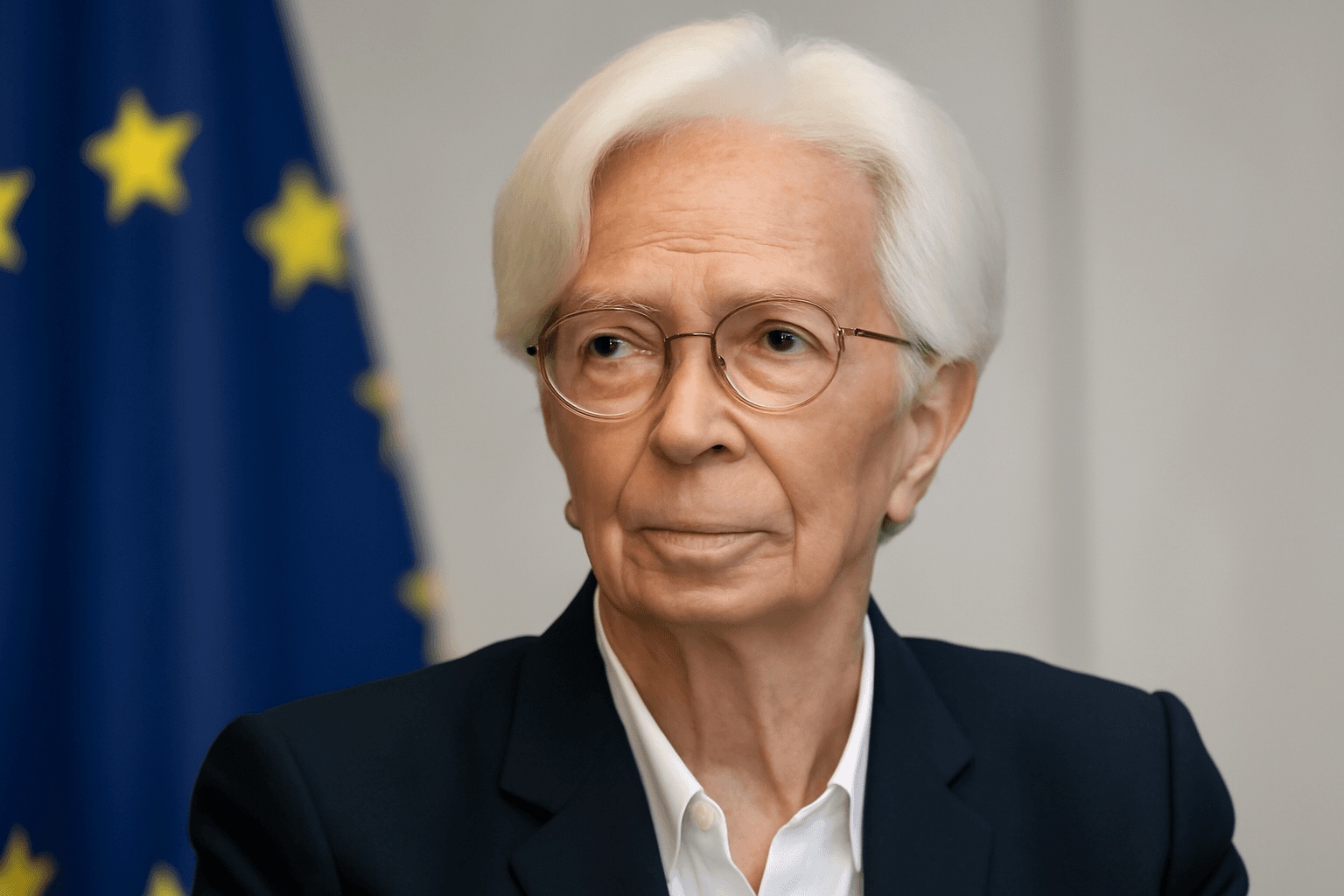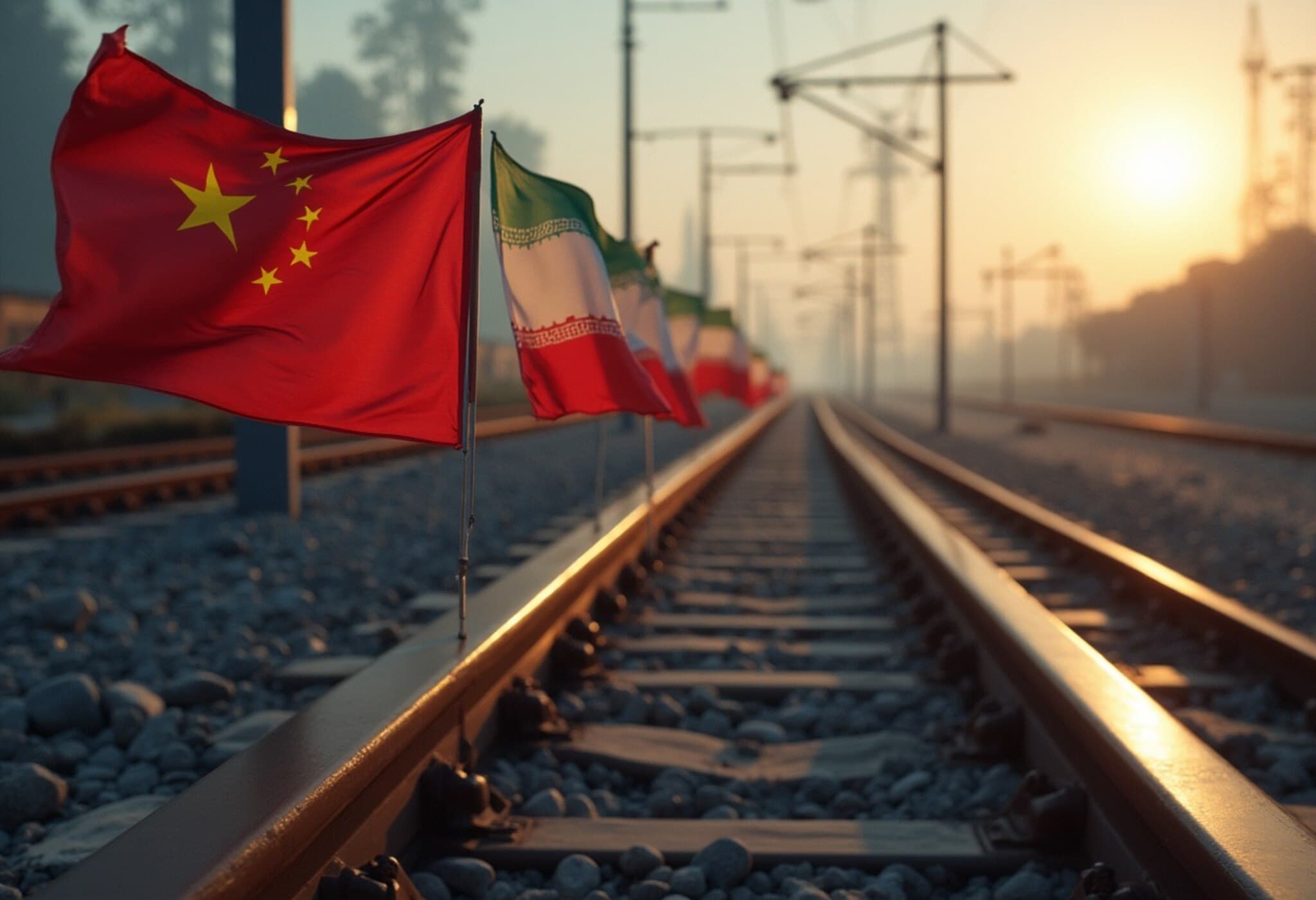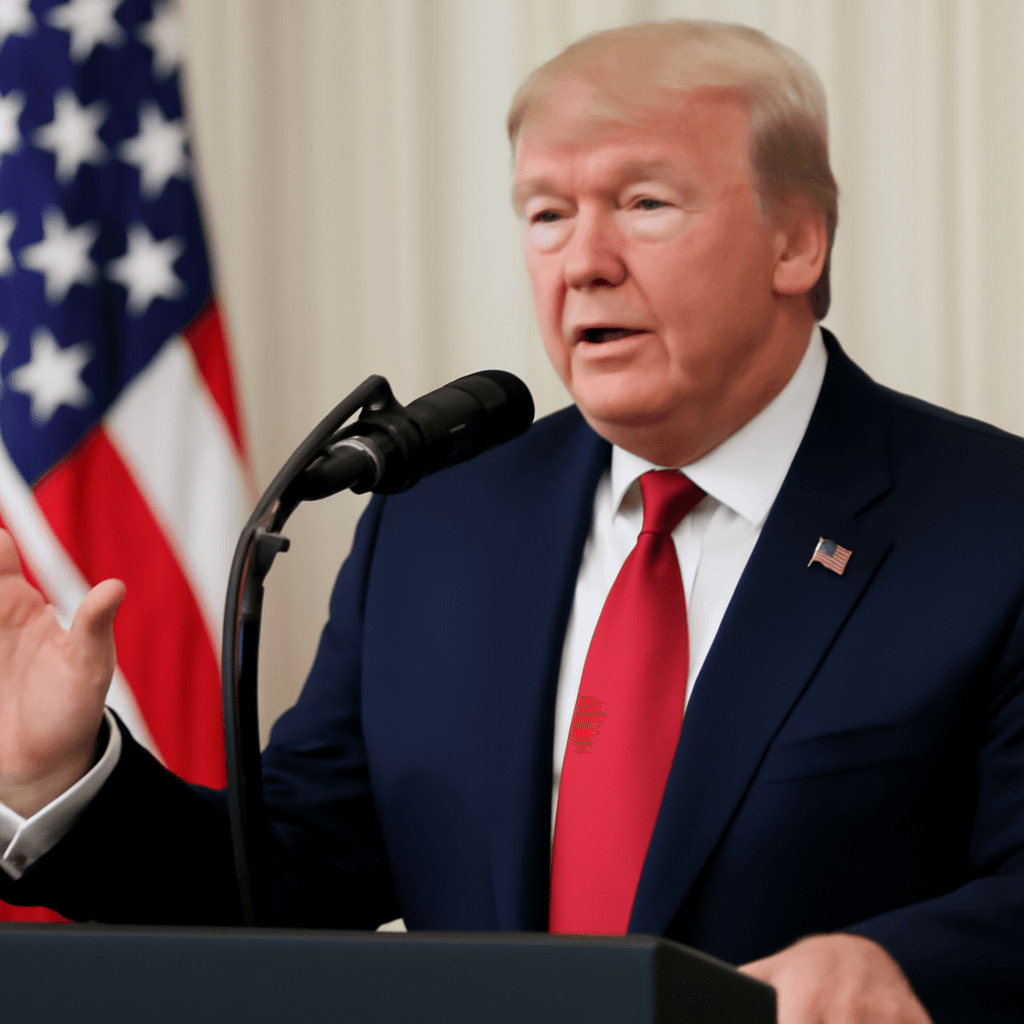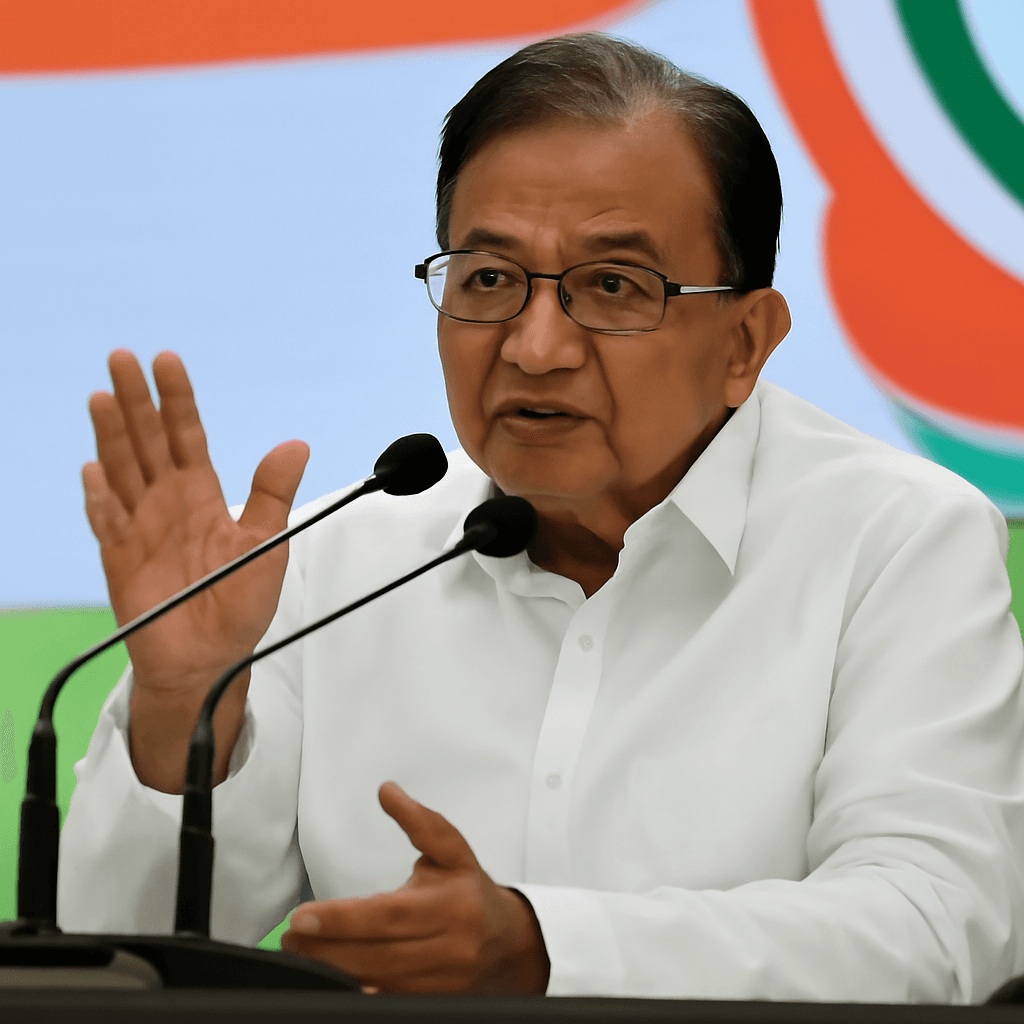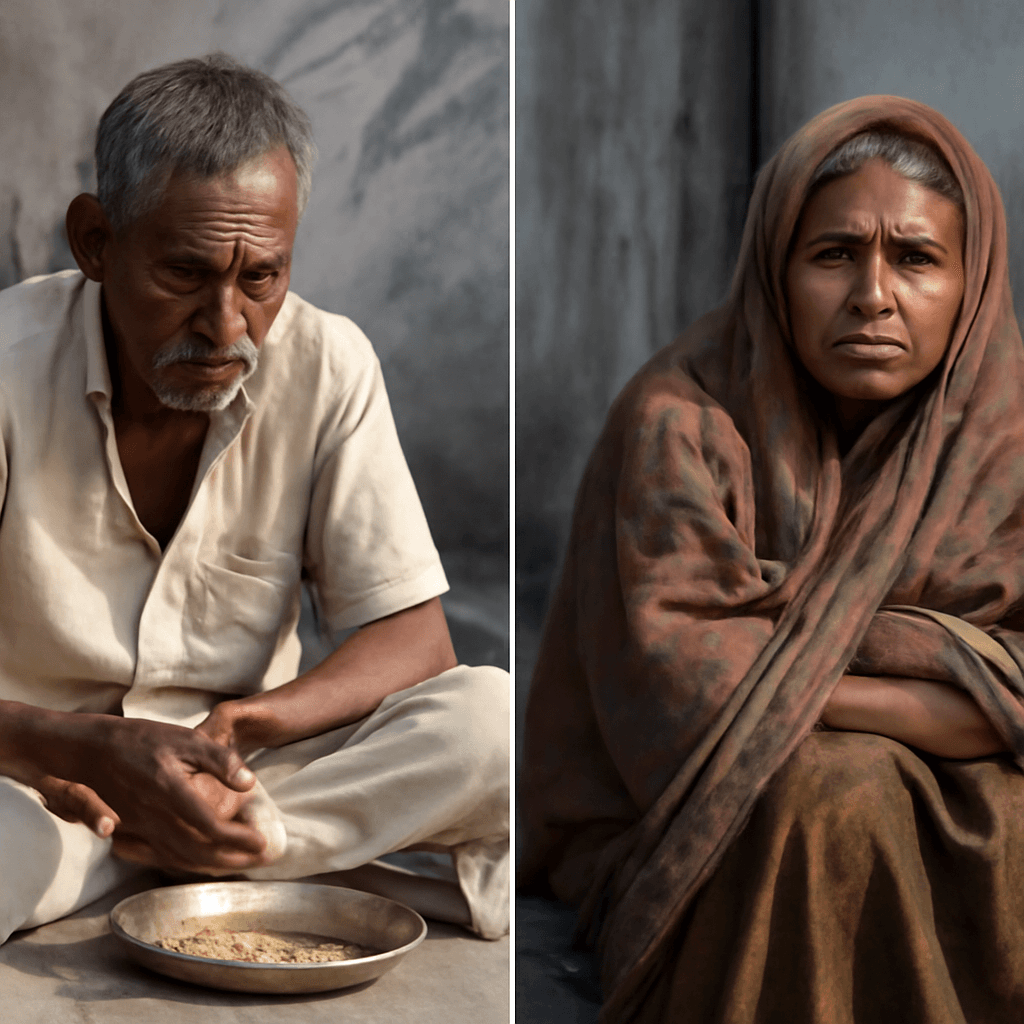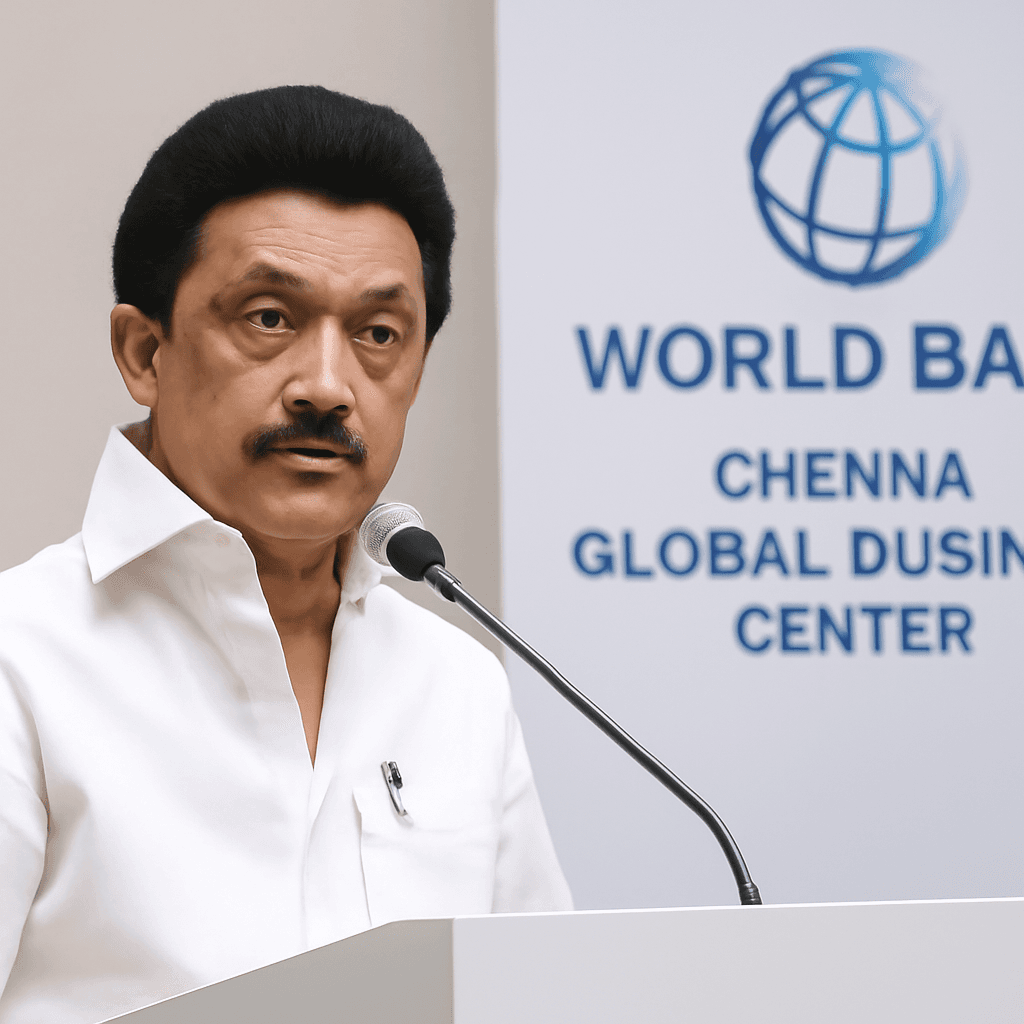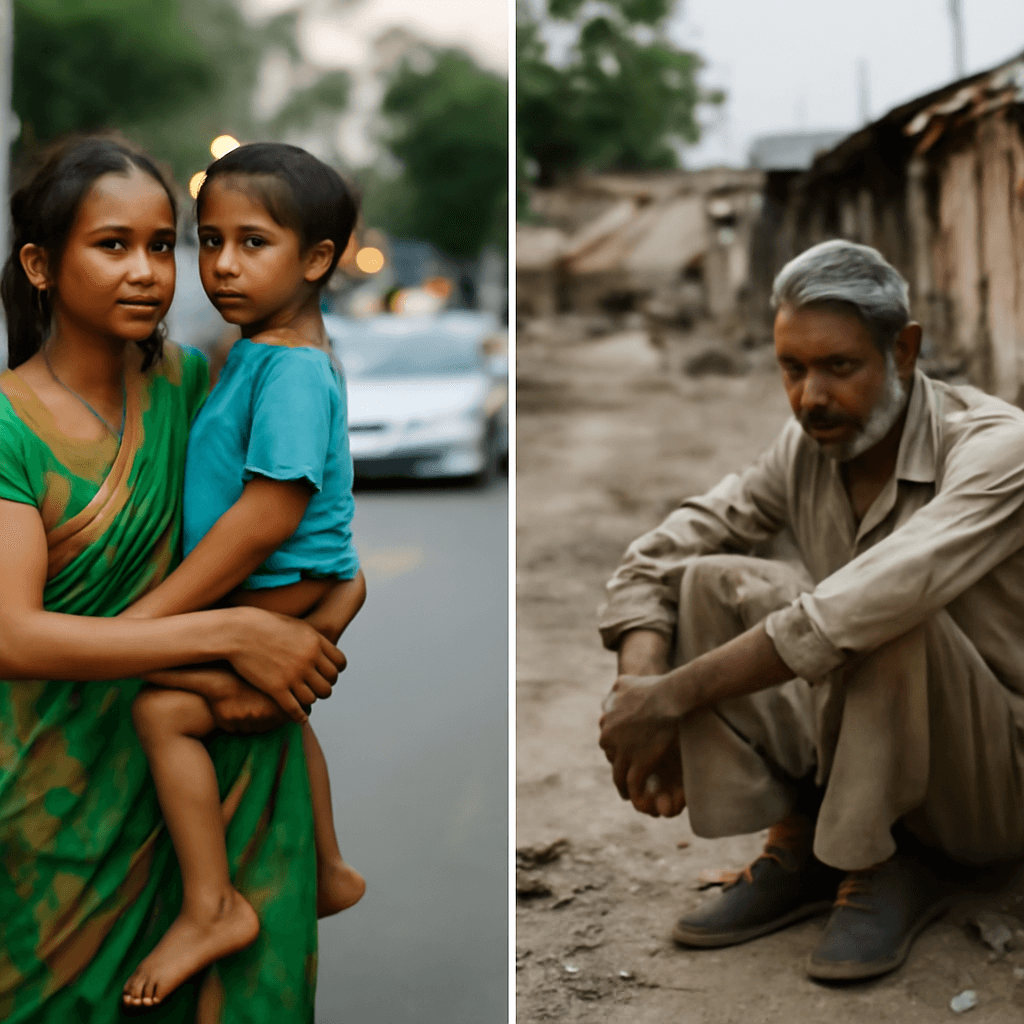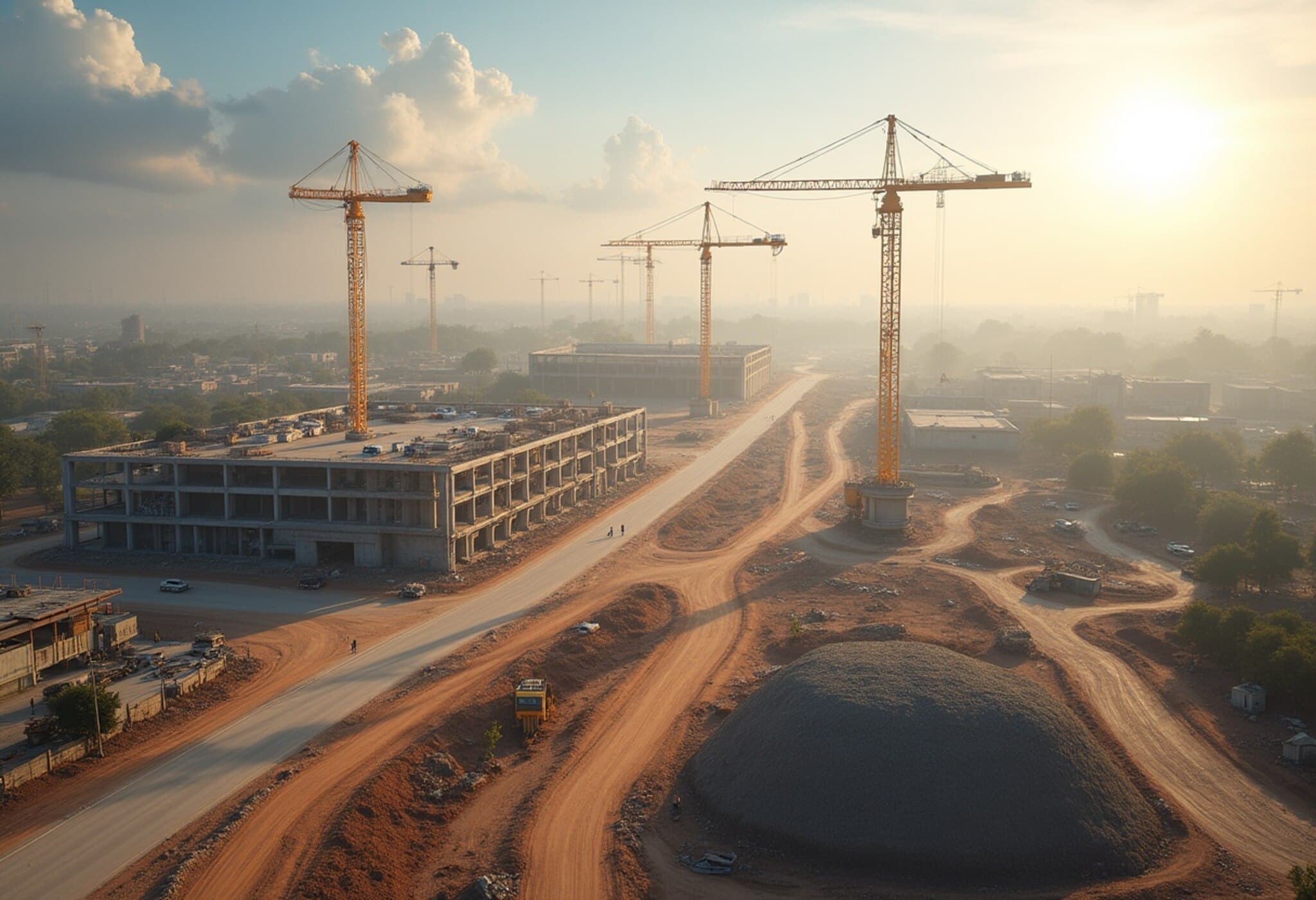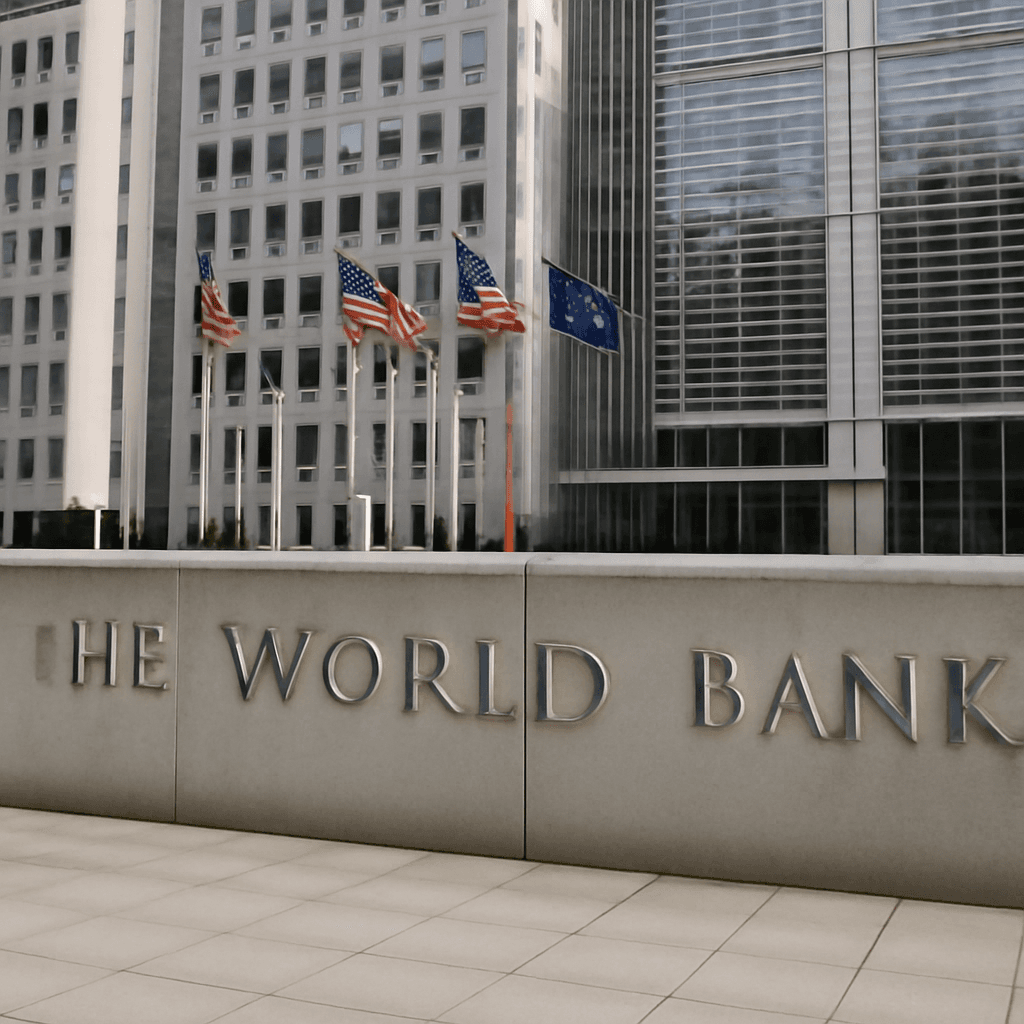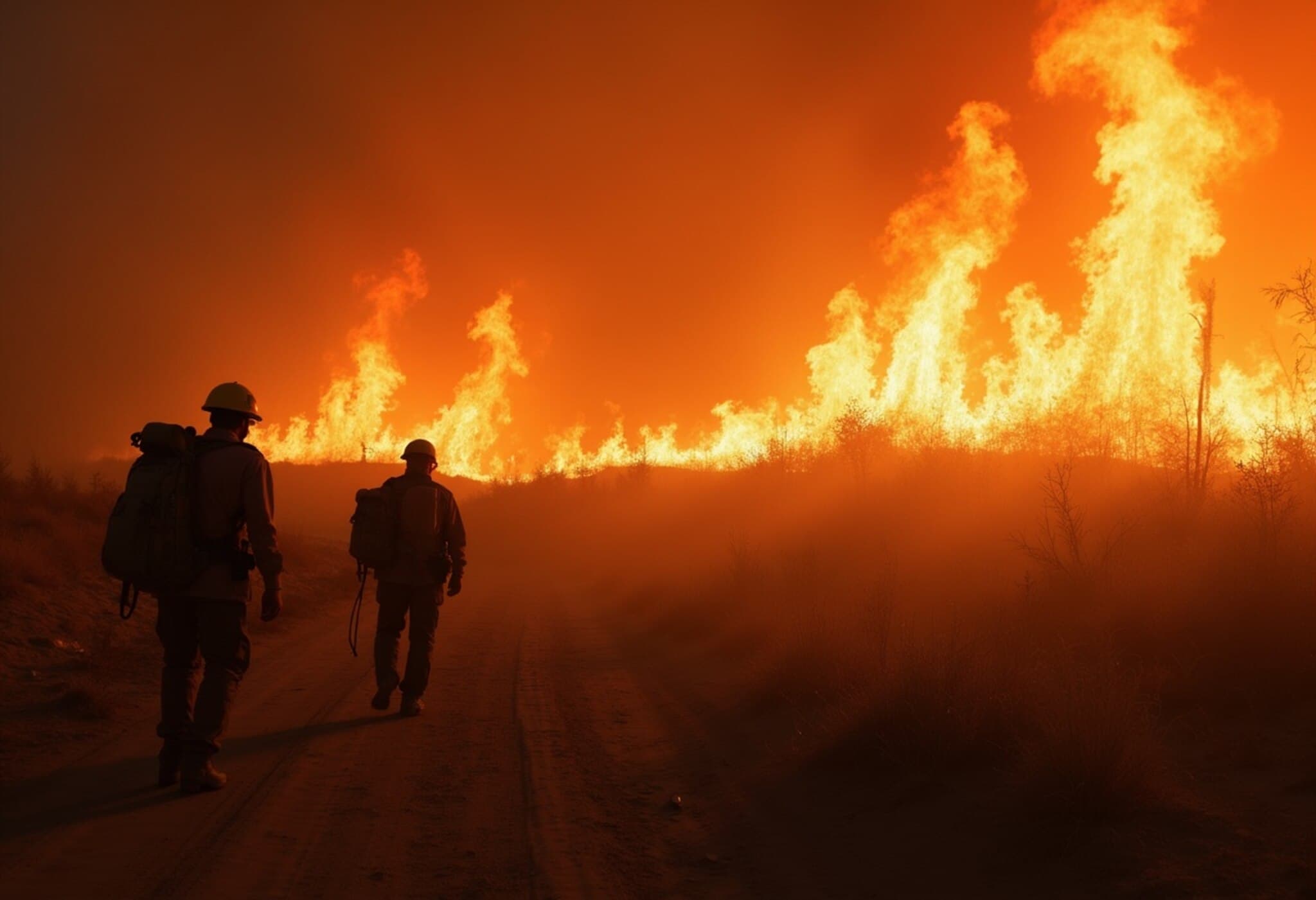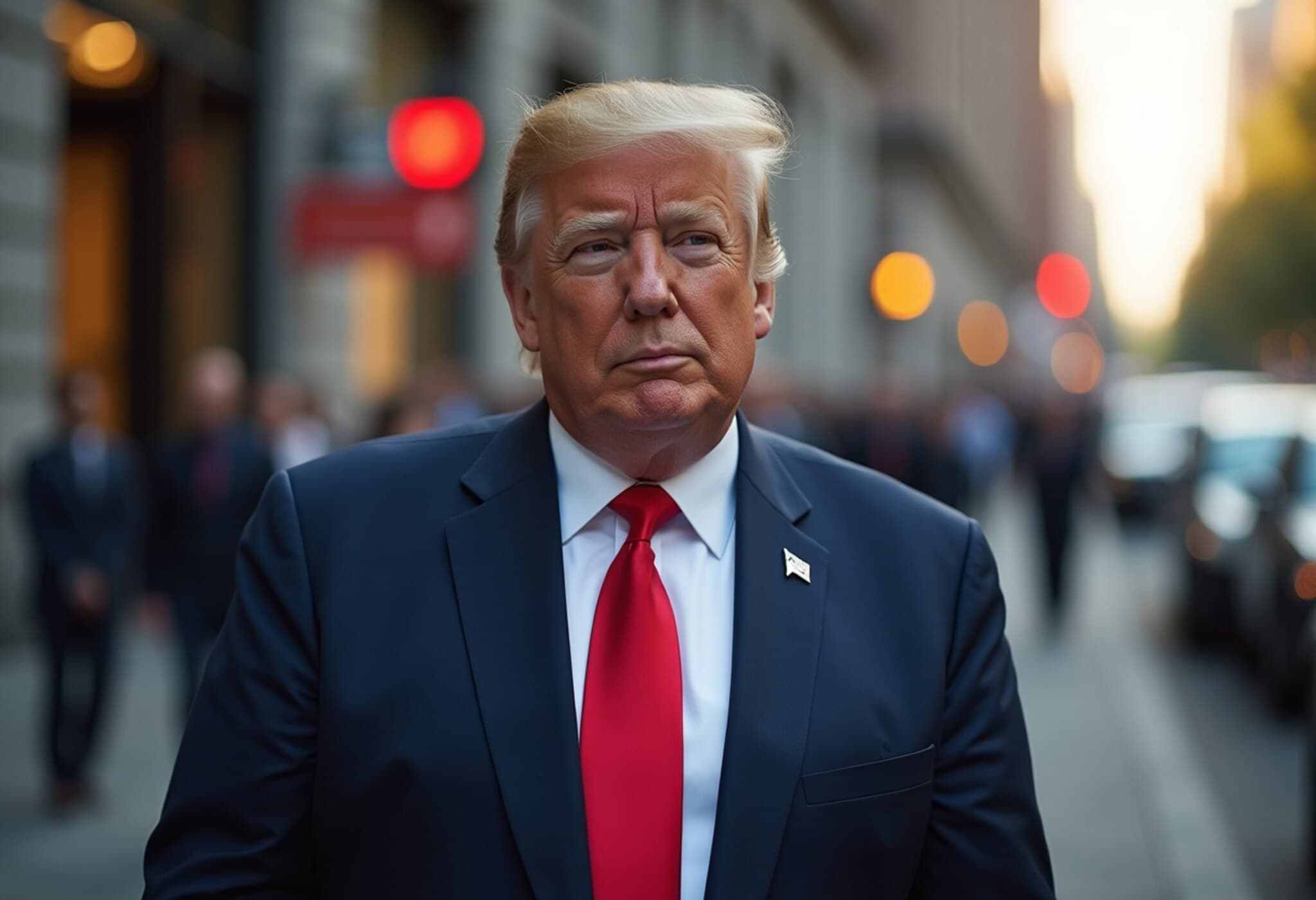India’s Poverty Rate Casts Doubt on Claims of Being Among World's Most Equal Societies
On July 6, 2025, the Indian National Congress publicly challenged the central government's recent proclamation that India ranks as the "fourth most equal country in the world" based on a notable decline in consumption-based inequality. This assertion follows a World Bank report citing a decrease in India's Gini coefficient for consumption from 28.8 in 2011-12 to 25.5 in 2022-23. However, the Congress highlighted critical issues overlooked in the government's narrative, including persistent high poverty levels and wage disparities that question the validity of such a statement.
Understanding the Consumption-Based Gini Coefficient
The Gini coefficient is a widely recognized measure of inequality, where 0 expresses perfect equality and 100 perfect inequality. India’s decline to 25.5 in consumption-based inequality suggests a more even distribution of consumption among households. According to the Centre’s official press release, this places India just behind the Slovak Republic, Slovenia, and Belarus in global income equality rankings.
High Poverty Rates Undermine Claims of Equality
Despite the improved consumption inequality figures, the World Bank's own data reveals a profound contradiction: India’s poverty rate remains alarmingly high at 28.1% in 2022 when measured at the international poverty line of $3.65 per day. The Congress underscored this statistic, stating, "No country with such a substantial poverty rate can justifiably claim to be one of the most equal societies globally." This raises a poignant question about how equality is defined and measured in India’s socio-economic context.
Wage Disparity Remains a Stark Reality
Adding another layer of complexity, wage disparities in India remain robustly unequal. The same World Bank report highlights that the median earnings of the top 10% are 13 times higher than those of the bottom 10% in 2023-24, an indicator that the gap between the privileged and the underserved continues to widen. This disparity calls into question whether consumption data alone can accurately capture the lived economic realities of millions of Indians.
Data Collection Changes Complicate Comparisons Over Time
Experts caution that changes to survey methodologies have influenced reported inequality metrics. The World Bank noted modifications in questionnaire design, sampling techniques, and survey implementation in the latest Household Consumption Expenditure Survey (2022-23), which—while improving data quality—challenge direct comparisons with prior years.
The Congress pointed out that these alterations followed the government’s rejection of the 2017-18 survey results, which had indicated falling consumption in rural areas, further complicating the narrative.
Calls for Revising India’s Official Poverty Line
One of the most critical demands from the opposition is the urgent update of India’s official poverty line, which has remained static since the Rangarajan Committee report in 2014. The Congress emphasized that without up-to-date benchmarks, policies risk underestimating poverty, hindering targeted welfare measures.
Sharpening socio-economic inequalities, they argue, are now intrinsic to India’s growth trajectory, which many say has disproportionately favored the privileged few. This widening gap, the Congress asserts, can no longer be ignored as India endeavors to achieve inclusive development.
Expert Analysis: Beyond Consumption — The Broader Picture
Experts in economics and social policy echo the concerns raised. Dr. Neha Sharma, a development economist, explains, "Consumption data are useful, but they don't capture wealth, wage inequities, or access to essential services like healthcare and education. A holistic understanding of inequality requires multi-dimensional indices and updated poverty thresholds reflecting current living costs and social realities."
Additionally, economic commentator Arjun Patel highlights the policy implications: "Using selectively optimistic data to claim progress can divert attention from structural reforms. Closing wage gaps, ensuring minimum living standards, and updating poverty measurements must accompany narratives of improved equality. Otherwise, we risk masking persistent disparities that hinder sustainable development."
What This Means for India’s Socio-Economic Future
- Policy Revisions: Updating poverty lines to more accurately represent ground realities can enable better-targeted social programs.
- Data Transparency: Maintaining consistent survey methodologies promotes reliable trend tracking crucial for policymakers.
- Inclusive Growth: Addressing wage disparities and inequities in income distribution remains essential to achieving equitable development.
- Public Awareness: Citizens should be informed about the complexities behind inequality data to foster informed debates.
Editor’s Note
India stands at a crucial crossroads where narratives of progress must be balanced with realities on the ground. While a falling Gini coefficient in consumption heralds some positive change, high poverty levels and wage inequality reveal deep-rooted challenges. For India to truly claim a place among the world’s most equal societies, policymakers must reevaluate existing poverty metrics, commit to transparent data practices, and implement inclusive economic policies that uplift all sections of society. This debate underscores an essential truth: meaningful equality is more than just statistics — it’s about improving lives in measurable and enduring ways.


